Tomato Anthracnose Info: How To Treat Tomatoes With Anthracnose
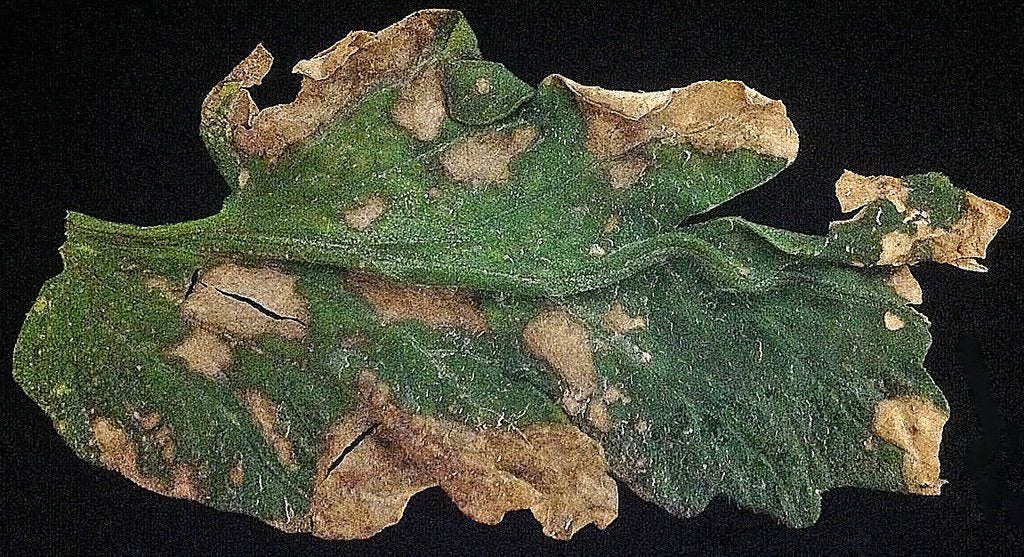
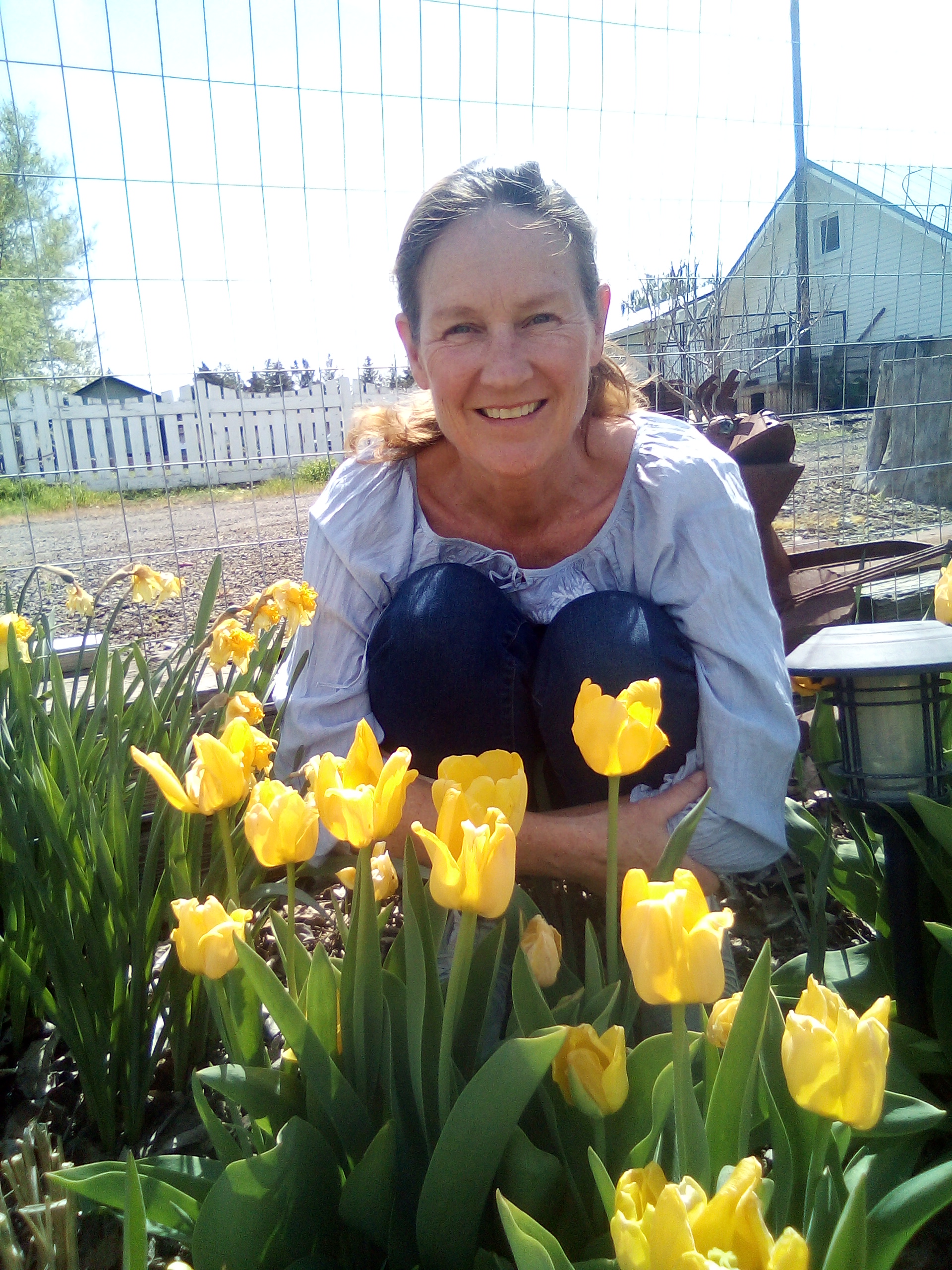
Amy Draiss
Food crops are prey to numerous pest and disease issues. Diagnosing what is wrong with your plant and how to treat or prevent it can be challenging. A look at the anthracnose disease, its formative conditions, and controls can help save your tomato crop from very contagious fungal diseases. Anthracnose is a serious disease of many crop and ornamental plants. On tomato plants, it can decimate the crop, producing inedible fruits. This is a disaster for commercial growers but also affects home gardeners. Anthracnose of tomatoes results in lesions on both green and ripe fruit. Continue reading for important tomato anthracnose info, including how to prevent and treat the disease.
What is Anthracnose on a Tomato?
Essentially, anthracnose is a fruit rot. There are many types of rot that can affect tomatoes, but anthracnose is especially prevalent. Tomatoes with anthracnose are infected with the fungi Colletotrichum phomoides, C. coccodes or several other species of Colletotrichum. The fungus survives and even overwinters in old plant debris but can also be contained in seeds. Wet weather or splashing from irrigation provides ideal conditions for disease development, as do temperatures of 80 degrees Fahrenheit (27 C.) or more. According to tomato anthracnose info, even the harvesting of ripe fruit can dislodge infecting spores and spread the disease to otherwise healthy plants. Anthracnose of tomatoes usually affects ripe or overripe fruits but can occasionally show up on green tomatoes. Green fruits may be infected but do not show signs until ripening. Round, sunken, water-soaked spots initially infest fruit. As the disease progresses, lesions get larger, deeper and become dark. Fruits infected with just one or two lesions are considered culls and thrown out. This is because the advanced stages of the disease penetrate deeper into the flesh causing corky, moldy spots and rotting. It is also very contagious and removal of infected fruit can help prevent the spread of the fungus. Tomatoes with anthracnose that are contaminated by the fungus begin to show signs of lesions 5 to 6 days after contraction of the fungus.
Controlling Anthracnose of Tomatoes
Poorly drained soil promotes the formation of the disease. Crops in the Solanaceous family should be on a 3- to 4-year rotation. These would also include peppers and eggplant. Staking or trellising plants can minimize the contact between soil borne fungi, as can applying a mulch. Watering at the base of the plants can prevent splashing and wet leaves that start the fungus growing. Harvest fruits as soon as they are ripe. Clean up previous season's plant debris, and keep weeds that may harbor the fungus away from the crop zone. If necessary, apply fungicides when the plants form their first fruit clusters and ensure complete coverage of the fruit. Copper based fungicides are considered safe to prevent anthracnose on tomato even if used up to the day prior to harvest, and are registered for organic use if applied within guidelines.
Gardening tips, videos, info and more delivered right to your inbox!
Sign up for the Gardening Know How newsletter today and receive a free copy of our e-book "How to Grow Delicious Tomatoes".

Bonnie Grant is a professional landscaper with a Certification in Urban Gardening. She has been gardening and writing for 15 years. A former professional chef, she has a passion for edible landscaping.
- Amy DraissDigital Community Manager
-
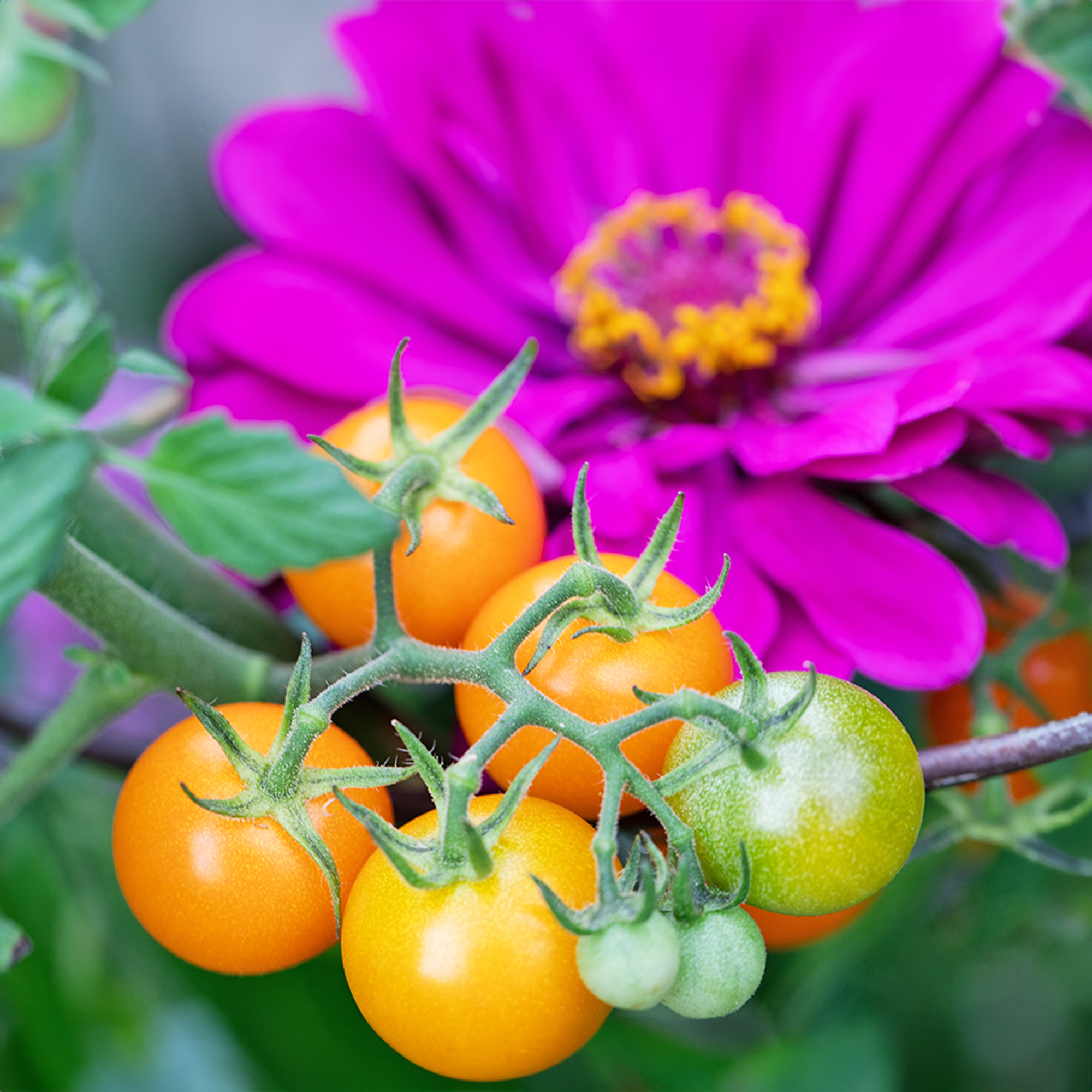 8 Perfect Flowers To Plant With Tomatoes To Boost Yields & Banish Pests
8 Perfect Flowers To Plant With Tomatoes To Boost Yields & Banish PestsDon’t forget flowers when choosing companion plants for your tomato beds or pots. These pretty, fragrant blooms add beauty but are also highly beneficial.
By Mary Ellen Ellis
-
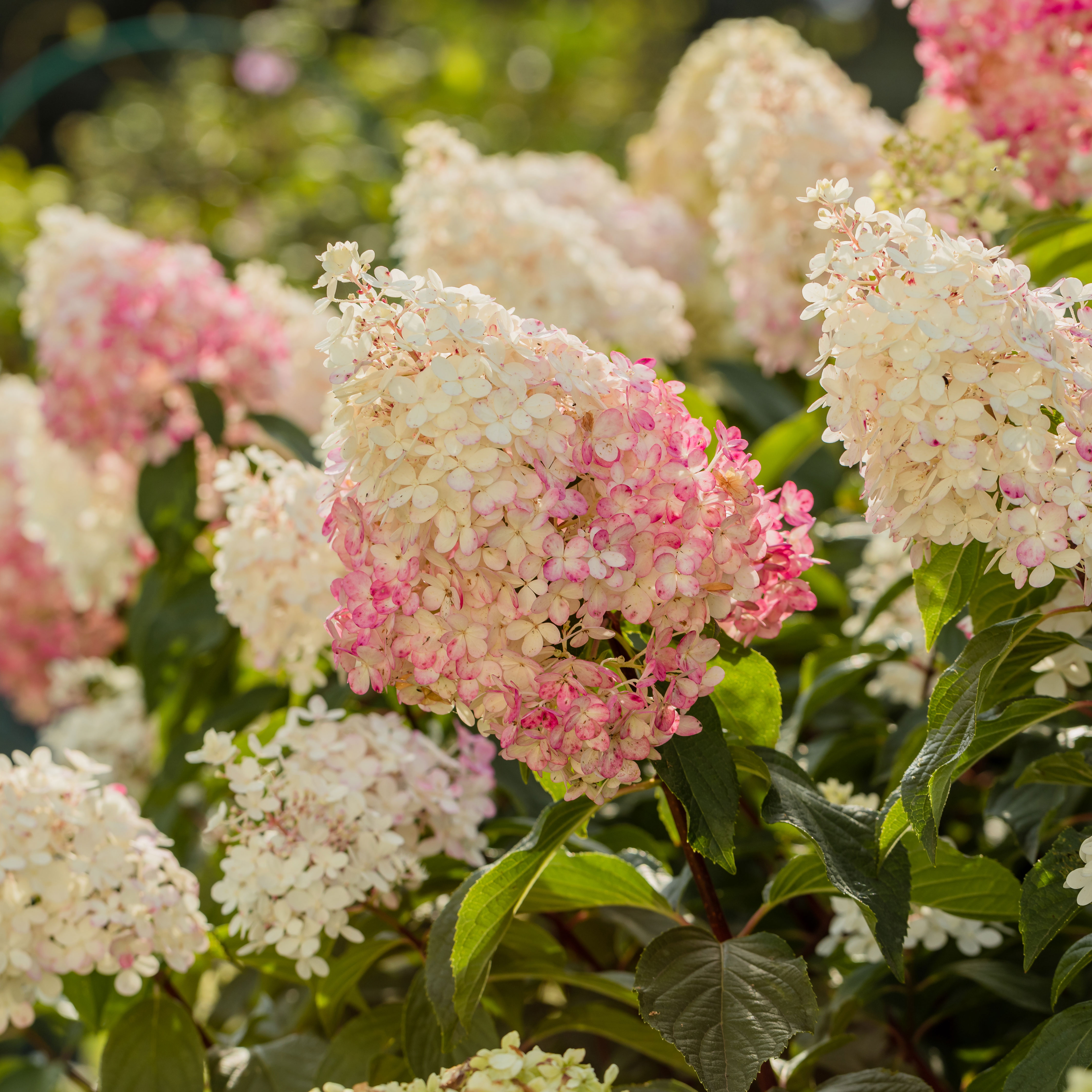 Want The Longest Lasting Hydrangea Flowers? Grow These 8 Panicle Hydrangea Varieties
Want The Longest Lasting Hydrangea Flowers? Grow These 8 Panicle Hydrangea VarietiesFor ornamental shrubs that deliver the longest flowering seasons with plush blooms and delicate hues, these panicle hydrangea varieties are essential in your yard
By Tonya Barnett
-
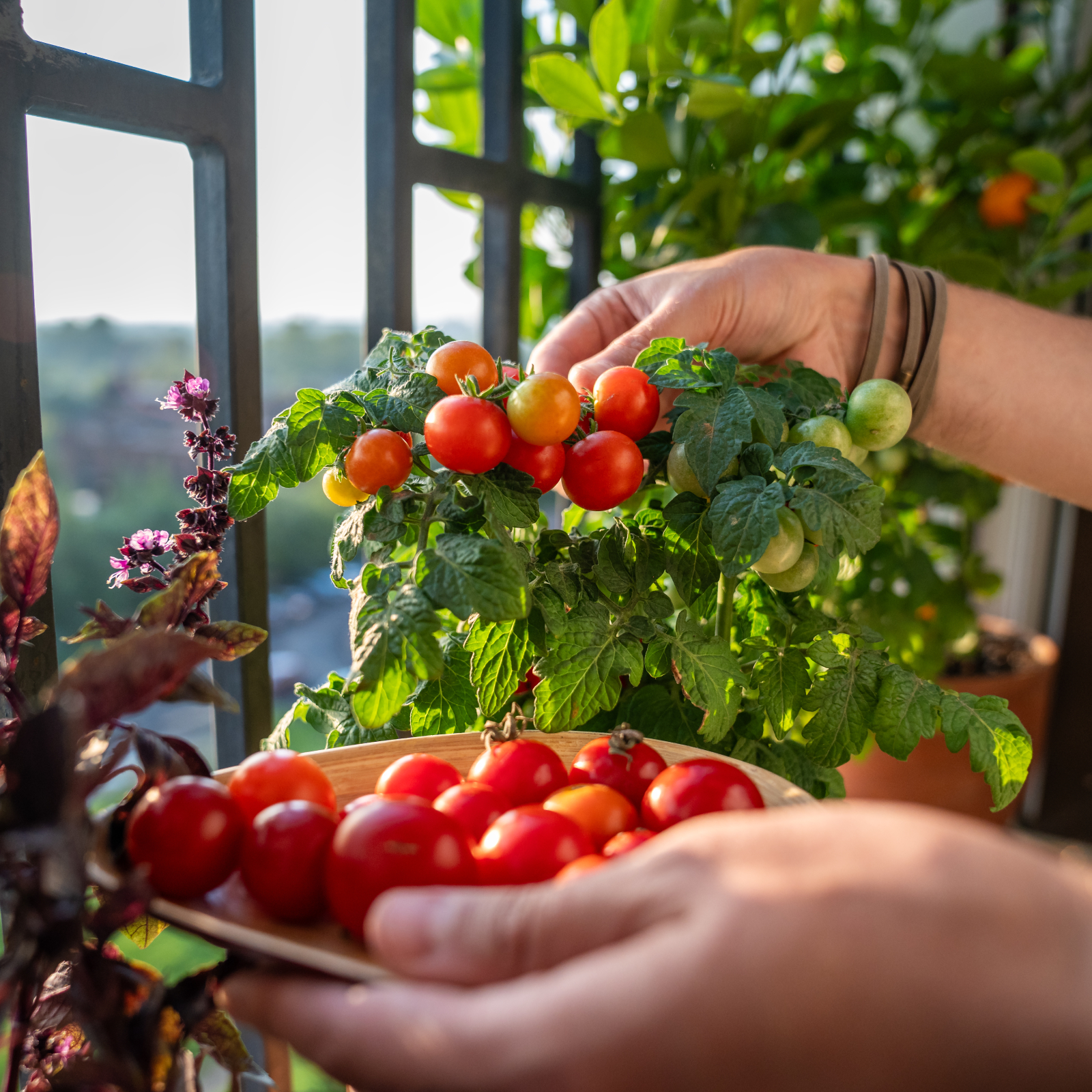 Best Tomatoes For Containers: 10 Tastiest Varieties For Plentiful Produce In Compact Areas
Best Tomatoes For Containers: 10 Tastiest Varieties For Plentiful Produce In Compact AreasThese are the best tomatoes for containers that prove you don't need to have a large space or elaborate garden to grow delicious produce.
By Bonnie L. Grant
-
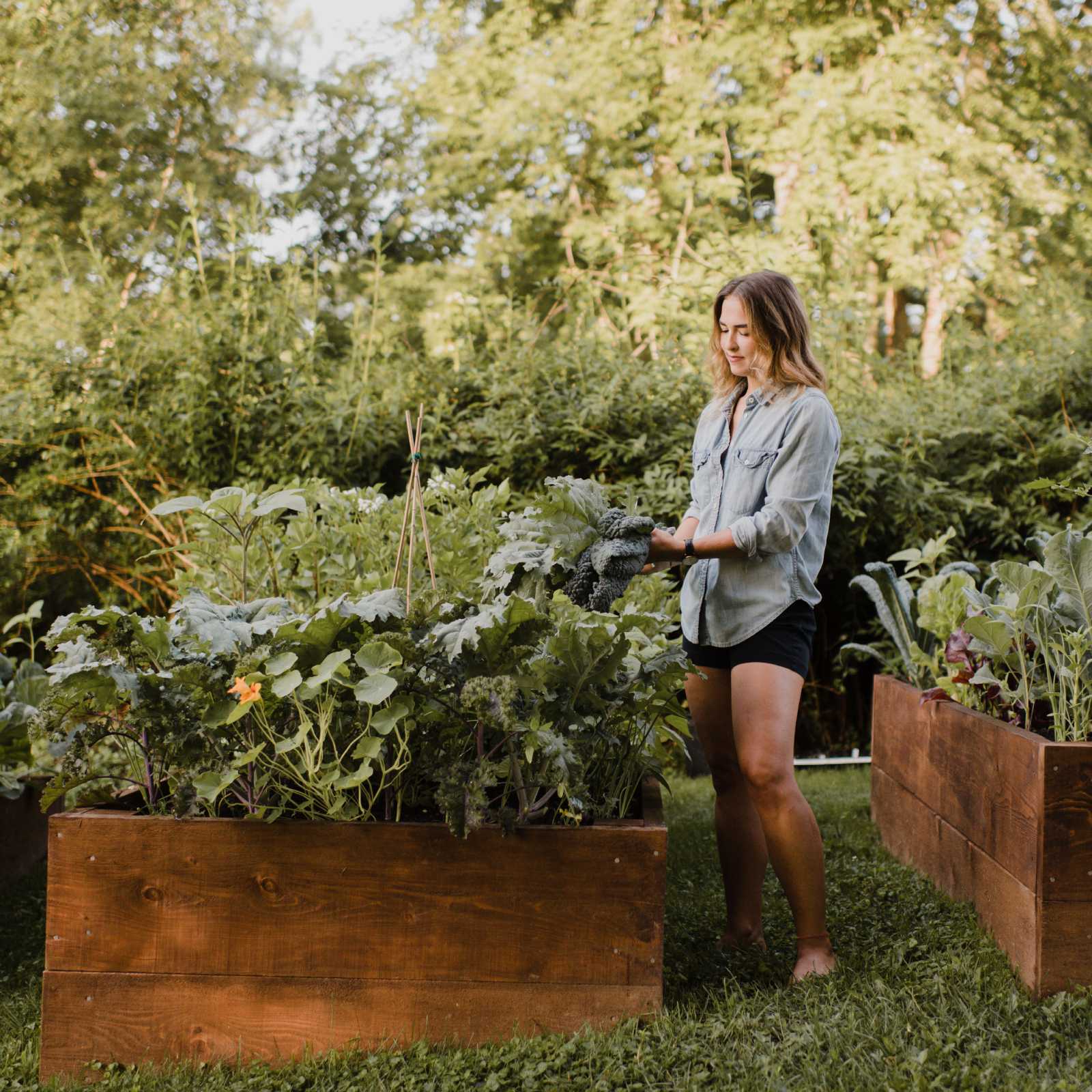 Raised Bed Garden Layout Ideas To Maximize Your Vegetable Harvest
Raised Bed Garden Layout Ideas To Maximize Your Vegetable HarvestCurious how to maximize your vegetable garden this year? Try these raised bed layout ideas and tips to get the most out of your space.
By Teo Spengler
-
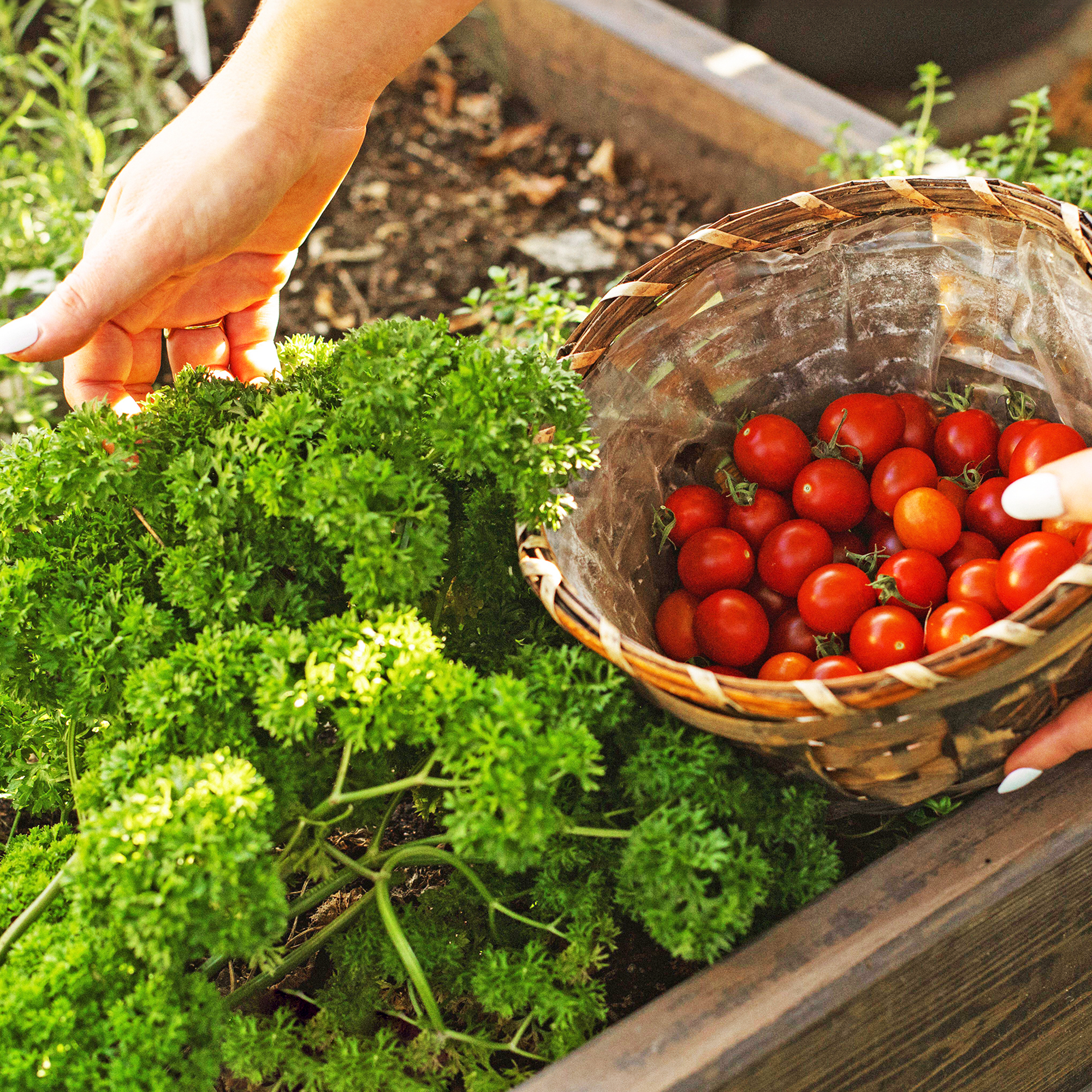 Best Herbs To Plant With Tomatoes: 6 Perfect Companions For Better Flavor & Bigger Harvests
Best Herbs To Plant With Tomatoes: 6 Perfect Companions For Better Flavor & Bigger HarvestsCertain herbs make excellent neighbors to tomatoes in the vegetable garden, repelling pests, keeping down weeds, and enhancing flavor. Try these top varieties.
By Mary Ellen Ellis
-
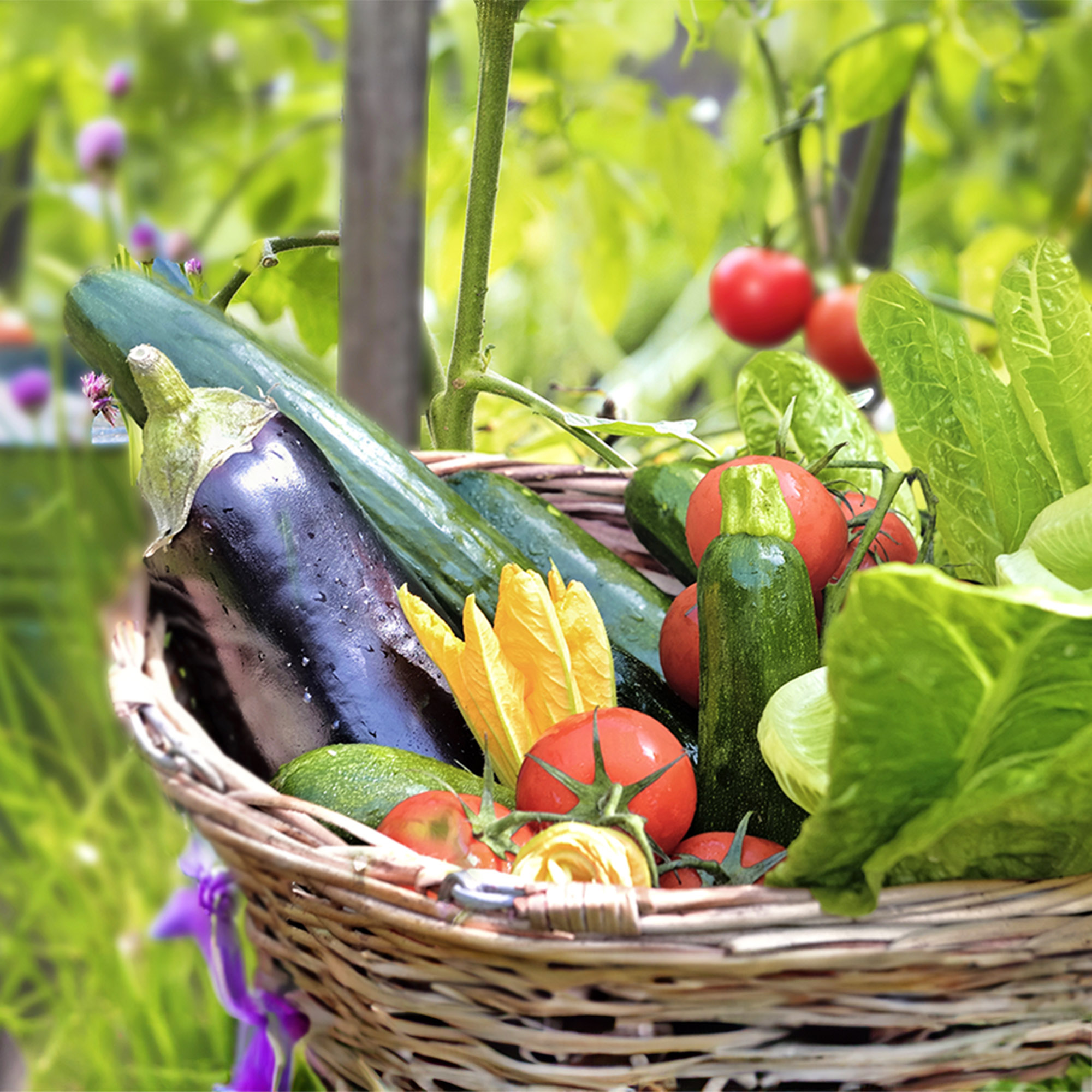 7 Best Vegetables To Plant In February – And Start Harvesting From Early Spring
7 Best Vegetables To Plant In February – And Start Harvesting From Early SpringGet a head start on your garden with these delicious veggies. Plant now and you can begin enjoying home-grown harvests sooner than you think.
By Mary Ellen Ellis
-
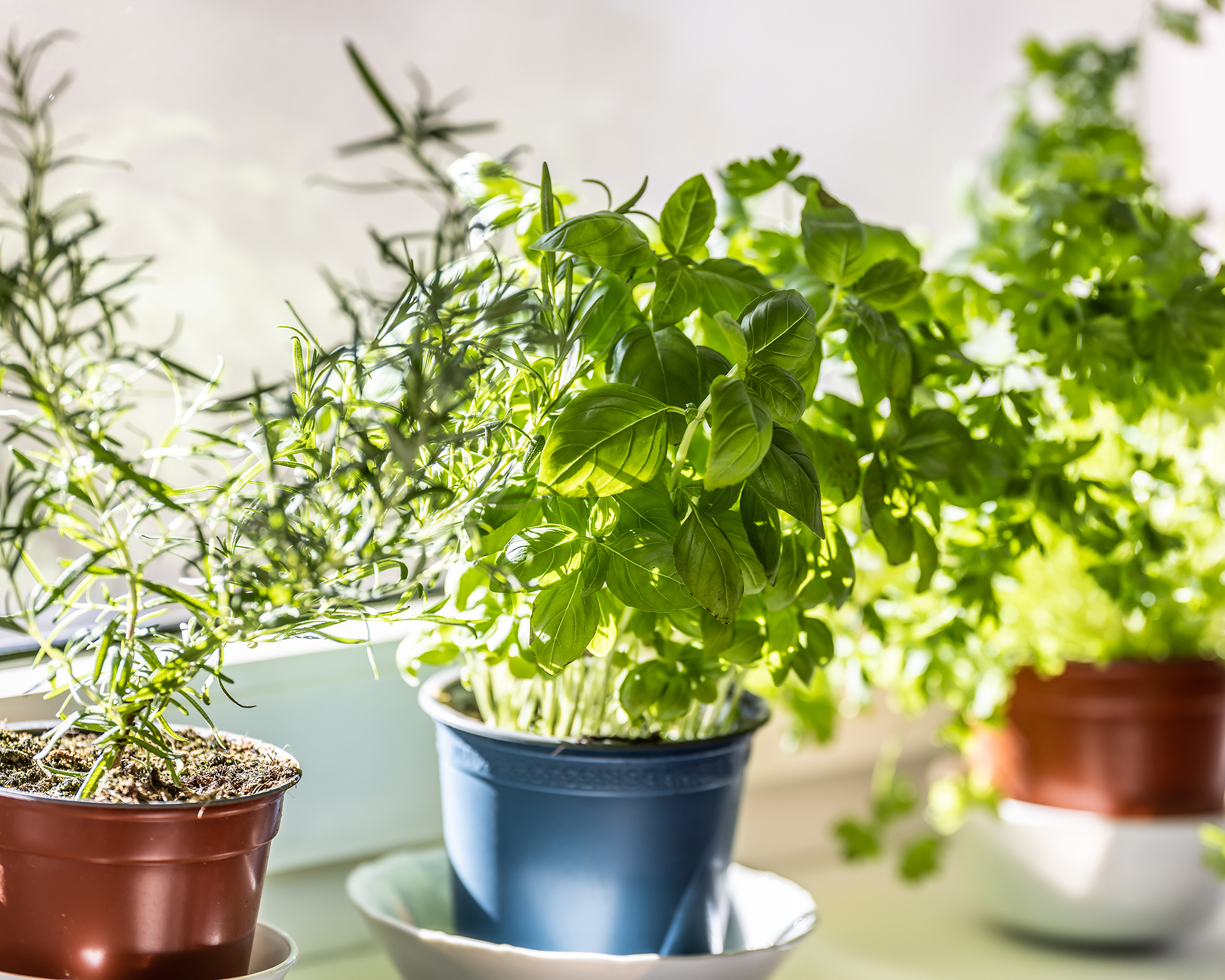 How To Grow A Windowsill Full Of Veggies This Winter, According To A Top Gardening Expert
How To Grow A Windowsill Full Of Veggies This Winter, According To A Top Gardening ExpertAward-winning journalist and climate-resilient gardening expert Kim Stoddart reveals her top plant picks and tips for a productive winter windowsill garden.
By Kim Stoddart
-
 7 Perennial Herbs Perfect For Pots – Enjoy Aromatic Patio Harvests Year After Year
7 Perennial Herbs Perfect For Pots – Enjoy Aromatic Patio Harvests Year After YearDiscover the best perennial herbs to grow in pots. Ideal for small spaces, these low-maintenance plants offer year-round flavor and greenery on your patio.
By Bonnie L. Grant
-
 Do-It-Yourself Floral Pumpkin Centerpiece
Do-It-Yourself Floral Pumpkin CenterpieceCan you believe this pretty pumpkin centerpiece was made with just $13 worth of supplies? Plus, it was quick and easy.
By Amy Draiss
-
 Can You Grow Potatoes From Potatoes You Bought At The Grocery? Let’s Give It A Try!
Can You Grow Potatoes From Potatoes You Bought At The Grocery? Let’s Give It A Try!Can you grow store-bought potatoes? The answer is yes! With a little preparation, you can get a nice harvest from potatoes that have sprouted in your pantry.
By Bonnie L. Grant